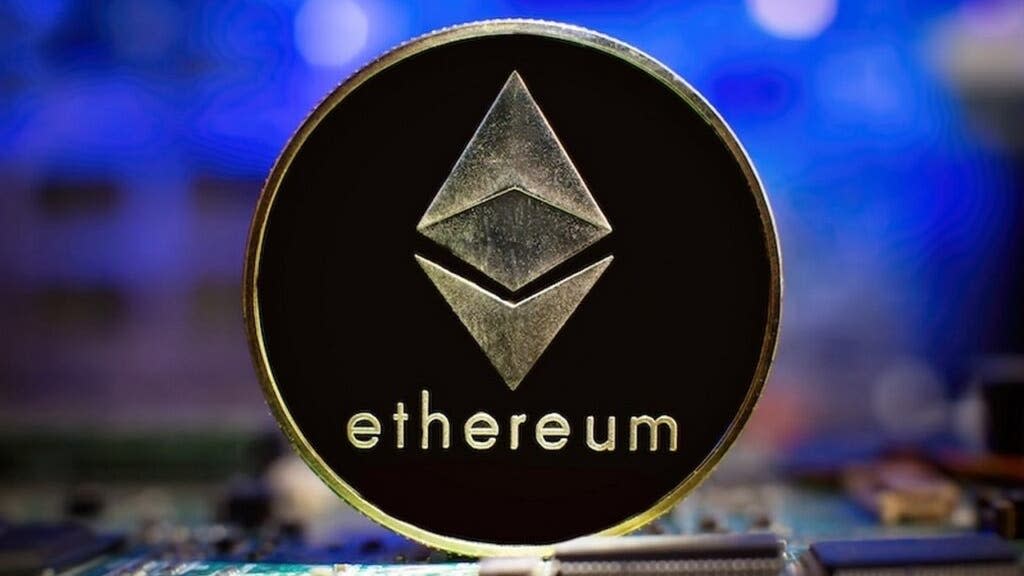Ethereum’s Genesis: Who, How, and Why It Was Created
The cryptocurrency landscape once saw Bitcoin dominate. However, Ethereum brought a revolutionary expansion. More than just a digital currency, Ethereum introduced a groundbreaking concept: a programmable blockchain. This innovation paved the way for decentralized applications (dApps), smart contracts, and an entirely new digital economy. Understanding the Ethereum creation story—who created it, how it came into being, and its motivations—is crucial. It helps grasp its profound impact on the technological and financial world.
The Visionary: Vitalik Buterin and the Ethereum Creation Story
Vitalik Buterin, a Russian-Canadian programmer, stands as Ethereum’s primary architect and visionary. Buterin became deeply involved with Bitcoin early on. In fact, he co-founded Bitcoin Magazine in 2011. While fascinated by Bitcoin’s decentralized nature and financial potential, he also recognized its limitations. Bitcoin’s scripting language, designed mainly for currency transfers, made building complex applications directly on its blockchain difficult.
Buterin envisioned a more versatile blockchain platform. He wanted a “world computer” that could support a wide range of decentralized applications, not just financial ones. A popular anecdote suggests his frustration. It stemmed from a World of Warcraft spell change that rendered his character obsolete. This highlighted the dangers of centralized control over digital environments. This desire for more open, transparent, and programmable digital systems became a driving force behind the Ethereum creation story.
In late 2013, Buterin published the Ethereum Whitepaper. Its title was “A Next-Generation Smart Contract and Decentralized Application Platform.” This seminal document outlined his vision. It proposed a new blockchain. This blockchain would generalize cryptocurrency. It would allow users to encode arbitrarily complex contracts and relationships directly on the blockchain. Furthermore, it proposed a Turing-complete programming language. This meant it could execute any computational function.
The Collaborative Creation: Key Founders in the Ethereum Creation Story
Vitalik Buterin conceived the initial idea and authored the whitepaper. However, Ethereum’s development was a collaborative effort. A group of talented individuals contributed significantly. The project officially launched in 2014. Its core development was crowdfunded.
The earliest co-founders of Ethereum, alongside Buterin, include:
- Gavin Wood: This British computer scientist proved instrumental. He created the first Ethereum testnet. He also drafted the “Yellow Paper,” a technical specification. This document detailed the Ethereum Virtual Machine (EVM) and smart contracts. Additionally, he created Solidity, Ethereum’s primary smart contract programming language.
- Charles Hoskinson: An American entrepreneur, Hoskinson briefly served as CEO. However, he left due to disagreements over Ethereum’s non-profit structure. Later, he co-founded Cardano, another prominent blockchain platform.
- Anthony Di Iorio: An early Bitcoin proponent, Di Iorio played a key role. He handled Ethereum’s early branding and marketing. He also helped finance the initial stages.
- Joseph Lubin: A computer scientist, Lubin co-founded the Ethereum Foundation. Later, he established ConsenSys, a major blockchain software company. ConsenSys focuses on building infrastructure and applications for the Ethereum ecosystem.
- Mihai Alisie: This Swiss tech and media entrepreneur helped set up the Swiss company. That company provided Ethereum with its legal and financial foundation.
- Jeffrey Wilcke: A programmer, Wilcke transcribed a version of the Ethereum platform. He used Google’s Go programming language. This became Go Ethereum (Geth), one of the main Ethereum client implementations.
Formal software development began in early 2014. Ethereum Switzerland GmbH (EthSuisse) led this effort. The project received funding from an online public crowdsale (Initial Coin Offering or ICO). This occurred from July to August 2014. It raised over $18 million in Bitcoin. This successful crowdfunding campaign provided the necessary capital. It helped bring Buterin’s ambitious vision to life.
The “Why”: Motivations Behind the Ethereum Creation Story
Ethereum’s creation aimed to expand blockchain technology’s utility. It sought to move far beyond simple digital currency transactions.
A Programmable Blockchain: Core to Ethereum’s Origin
The core “why” behind Ethereum was to create a programmable blockchain. Bitcoin demonstrated decentralization’s power for money. Buterin and his co-founders, however, saw potential for a decentralized internet, or “Web3.” They envisioned a platform. Developers could build and deploy any kind of decentralized application there. It would be free from censorship, fraud, or third-party interference. This concept of “smart contracts”—self-executing agreements with terms directly coded—was central to this vision.
Enabling Decentralized Applications (dApps) in the Ethereum Creation Story
Ethereum aimed to be the foundational layer for decentralized applications. This meant creating a platform where:
- Developers could innovate: They could write code. This code ran exactly as programmed. It offered no downtime, censorship, fraud, or third-party interference.
- New financial systems could emerge: This led to the Decentralized Finance (DeFi) ecosystem. It enabled peer-to-peer lending, borrowing, and trading without traditional banks.
- Digital ownership could flourish: Ethereum became the primary platform for Non-Fungible Tokens (NFTs). This allowed for verifiable digital ownership of art, collectibles, and more.
- New forms of governance and identity could be explored: The platform opened possibilities. These included decentralized autonomous organizations (DAOs) and self-sovereign identity solutions.
The first “live” version of the Ethereum blockchain, called “Frontier,” launched on July 30, 2015. Since then, Ethereum has evolved significantly. It has undergone major upgrades. For instance, it transitioned to Proof-of-Stake with “The Merge.” These upgrades aim to improve its scalability, security, and sustainability. Consequently, it has become the leading platform for decentralized innovation. It profoundly shapes the modern digital landscape.














Post Comment